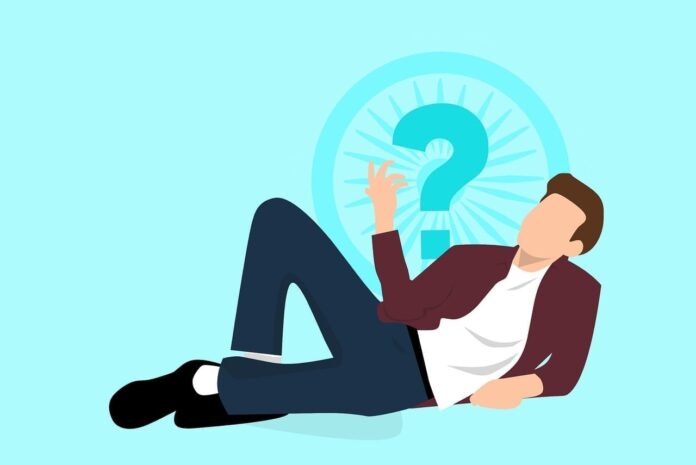
When a financial emergency strikes, there’s no time to think about anything other than how you’ll get through it. You’re busy finding a line of credit that can help you overcome your unexpected obstacle, whether it’s a leaking pipe, broken window, or trip to the ER.
But once the dust settles, it’s the perfect opportunity to take control of your finances. With a clearer mind, you can focus on these important tasks once you get a line of credit, or LoC for short.
Find Help with Your Budget
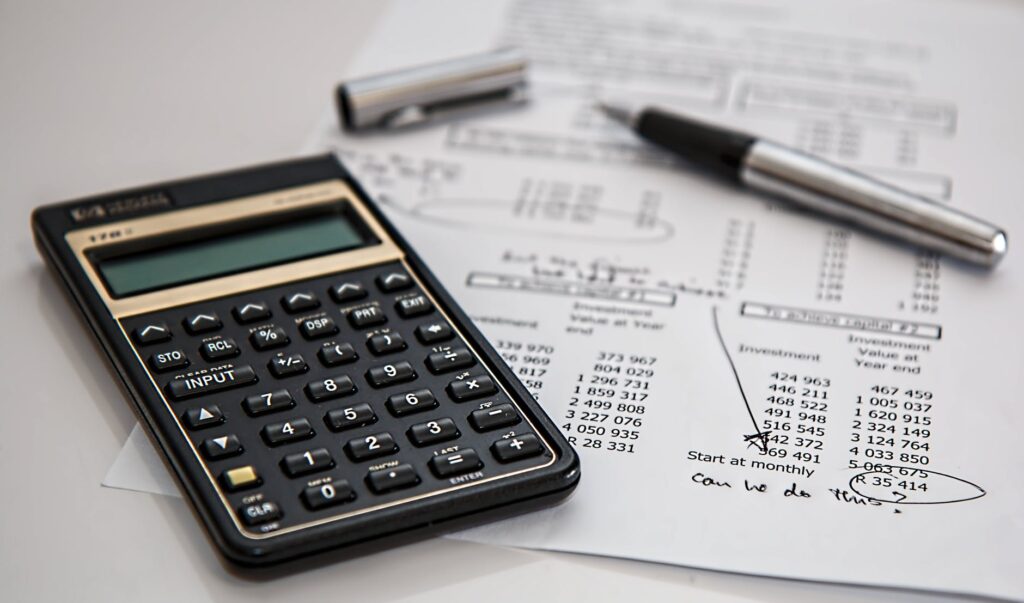
According to a Debt.com survey, eight in ten Americans use a budget. That’s a 10 percent jump from the last survey, which is great news for wallets across the country. However, this data means there’s still 20 percent of people who don’t use a budget.
If you’re one of them, take this as a sign to make one. And if you already have one, it’s time to update it to reflect your new line of credit.
A budget is all about finding balance in your spending. You want to reserve enough cash to make sure you have what you need to cover the essentials or things like rent, utilities, and groceries.
Your LoC bill adds to your list of needs, which means you’ll have less cash to splurge on fun things. Depending on your financial situation, you may even have to put fun spending on hold until you can pay off what you owe.
So, what kind of spending should you target? Some popular ways to limit unnecessary spending include the following tricks:
- Bundling Internet, cable, and phone service packages
- Replacing cable altogether with one or two streaming services
- Looking for free streaming services offered by your library
- Avoiding takeout and using a meal plan to cut costs at the grocery store
You may also find additional savings by taking a hard look at your necessary expenses, but this cost-saving route may take more effort on your part. You can’t cut them out entirely like you can fun splurges, and they’re often dictated by rates and fees beyond your control.
Your utilities are perhaps the easiest bills to reduce, so start here first. You can lower what you pay by making smart energy habits and reducing your consumption.
Don’t Fall Back onto the Minimum Payment
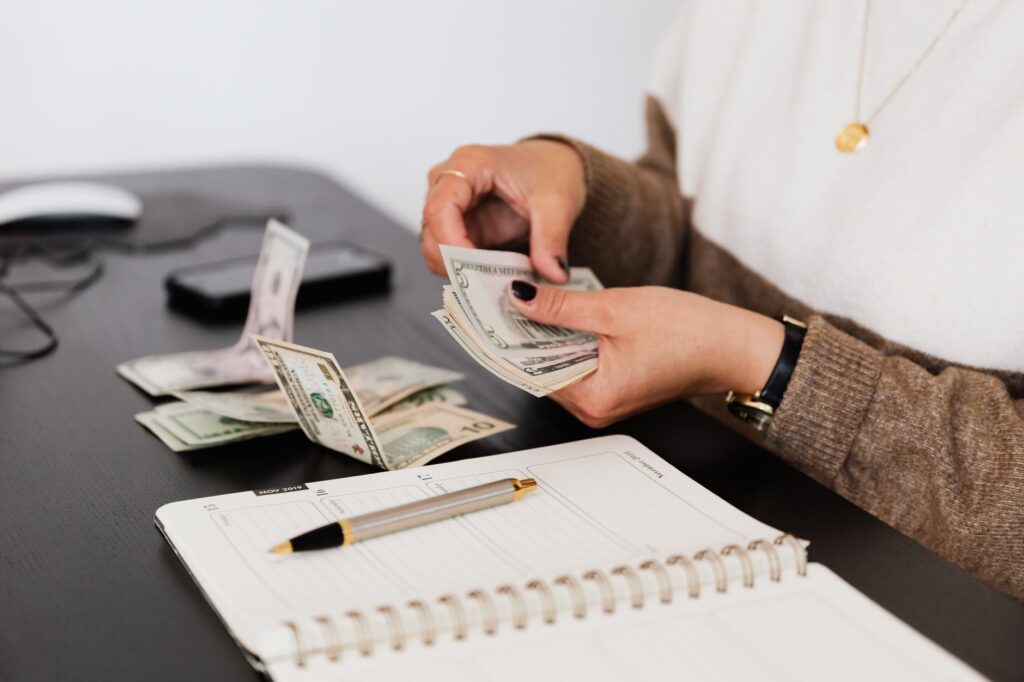
An LoC is a revolving financial product, which means you can carry over a balance from one billing statement to the next. This trait makes it different from the average personal loan, which is an account that closes once you make your final payment.
Carrying over a balance is one of the benefits of using an LoC; you can do this without worrying about late fines, as long as you make the minimum payment.
The minimum payment tends to be one of three things:
- A flat rate that’s a token fraction of your balance
- A percentage of the total balance
- A billing cycle charge and a mandatory contribution towards your principal
The revolving credit experts at CreditFresh recommend relying on the minimum payment sparingly and only when you have no other choice. Using the minimum may be the right option when money’s tight and you can’t stretch your paycheck as far. But when you have the cash to spare, you should do your best to pay as much as possible.
That’s because the minimum payment covers a fraction of your balance and doesn’t make a meaningful contribution against your principal. To learn more about how minimum payments are calculated, you may visit Creditfresh.com and see how it factors into a line of credit.
Skip the minimum payment when you can and make as big of payment against your balance as possible. The bigger your payments are, the faster you’ll pay off your LoC, and you may even reduce how much interest accrues.
Limit Your Reliance on Your LoC
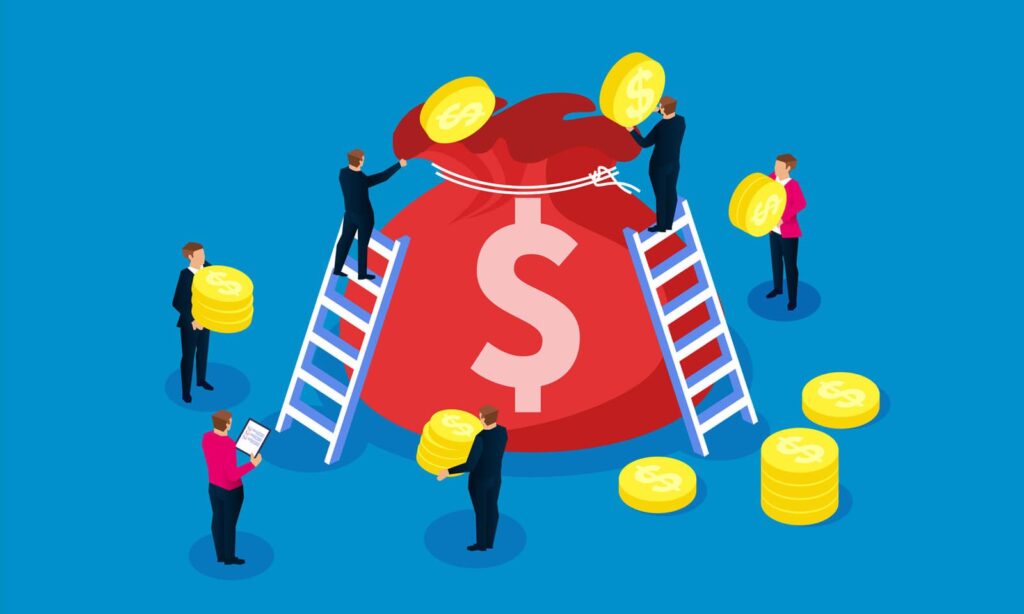
While an LoC is a fantastic financial backup when things go wrong, it isn’t a perfect substitution for savings. In fact, nothing tops an emergency fund. You don’t have to pay interest or finance charges whenever you tap into these self-funded savings. Using them is free.
An emergency fund is a powerful thing to have in your financial toolkit when things go sideways because it gives you the means to cover unexpected emergency bills and repairs on your own dime. It may even keep you afloat through a patch of unemployment if it’s big enough.
A standard benchmark for this account is three to six months’ worth of living expenses, but your needs may vary depending on your living situation and risk tolerance. Single people earning a salary may safely opt for a smaller cushion than freelancers with dependents.
Check-in with your budget again to see what you can do to squirrel away money into an emergency fund. Don’t worry if you can’t reach this goal right away. Anything is better than nothing, even if you can only afford $10 here or there.
Eventually, even these small contributions will roll over and grow into something bigger. The trick is to make these contributions automatic, so you never forget to save.
Another trick is to leave these savings alone. Don’t be tempted to dip into them for fun splurges or another unnecessary spending. A hands-off approach to these savings means you’ll be in a better position in case an unexpected emergency comes along. While you can also fall back on your LoC, a larger fund may mean you don’t have to put as much on credit.
Bottom Line
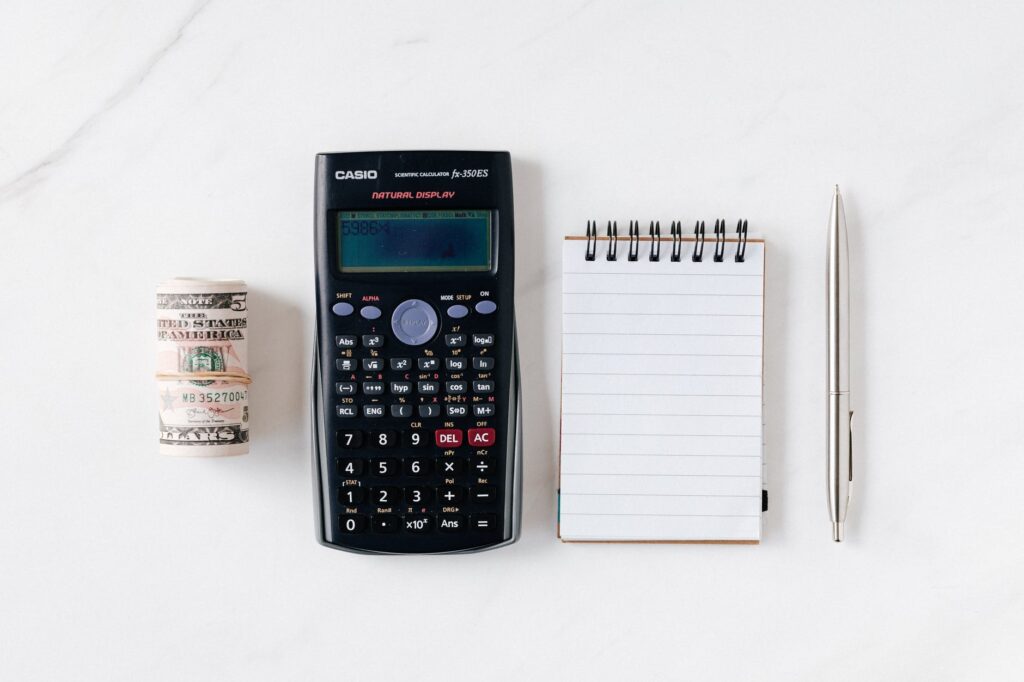
Once you have an LoC in your back pocket, you’ll have a safety net should a financial emergency rock your world. You can tap into it any time an unexpected expense arrives in your budget.
This financial security gives you the peace of mind to move beyond your financial emergency and look to the future. Use these tips to help you manage your money with a long-term perspective. They’ll help you handle another unexpected emergency, with or without the help of your line of credit.








